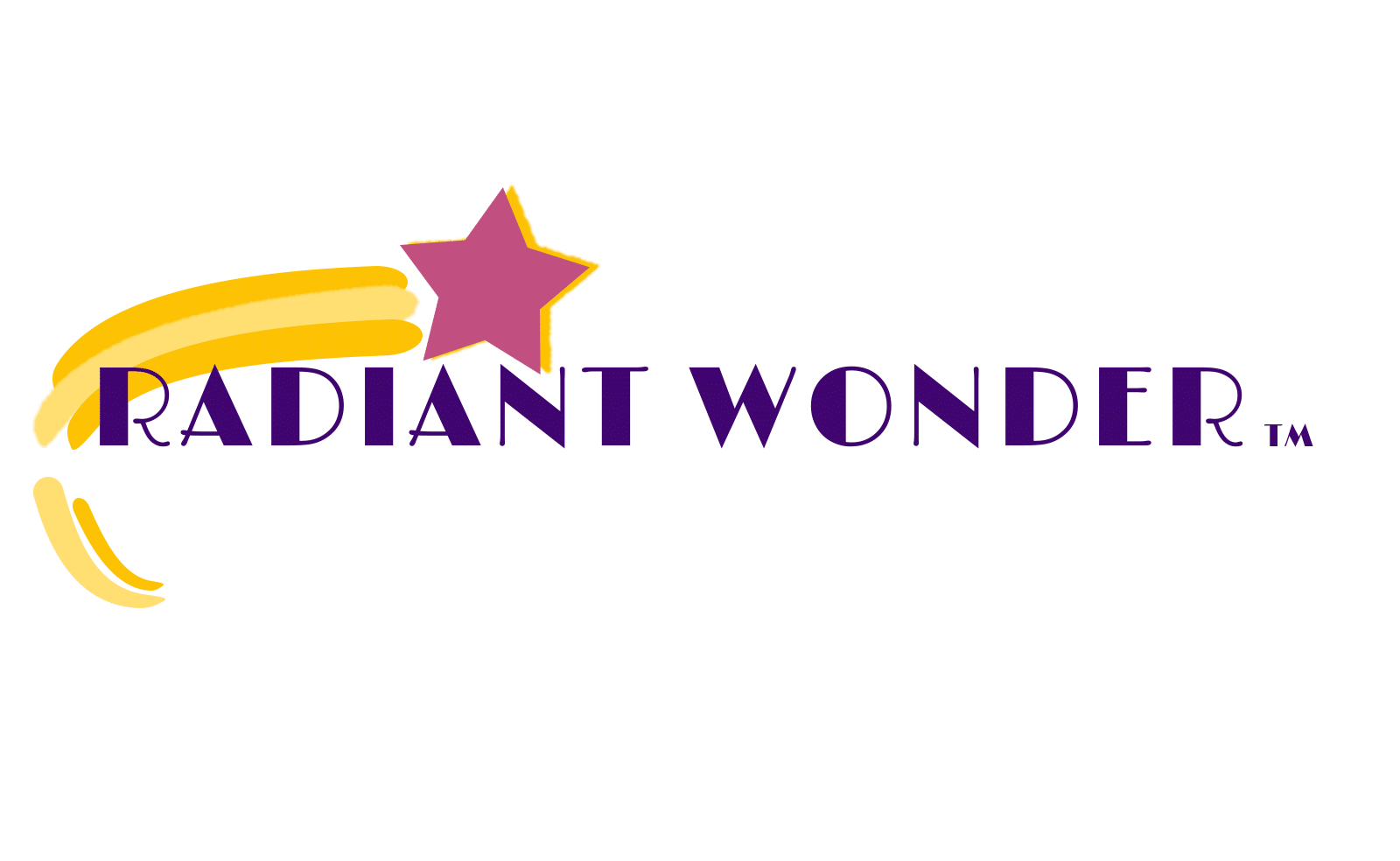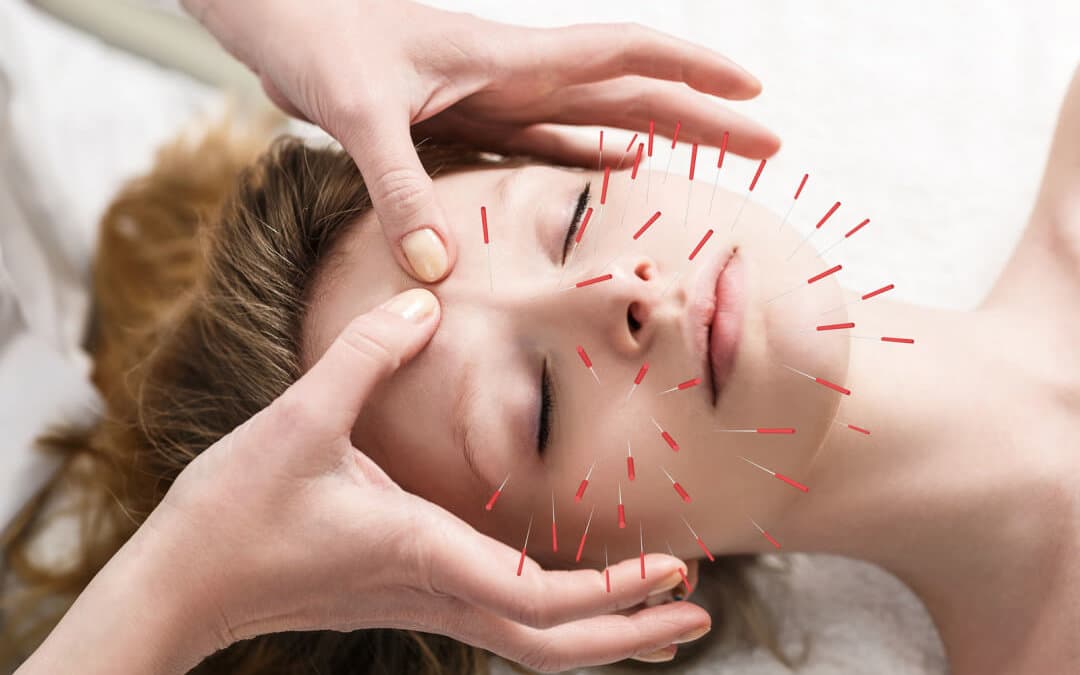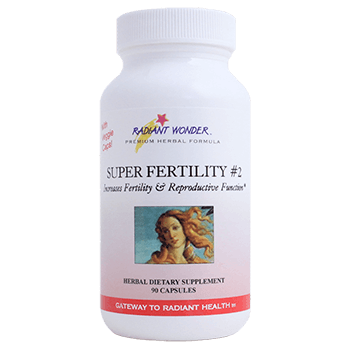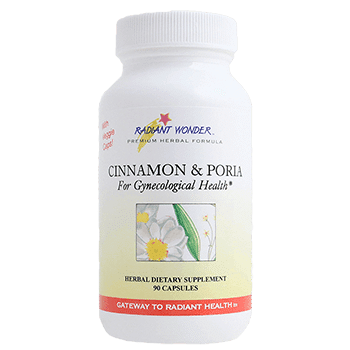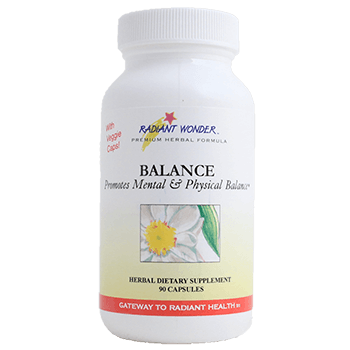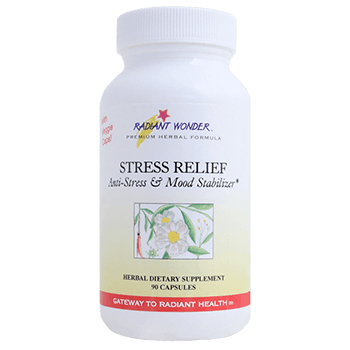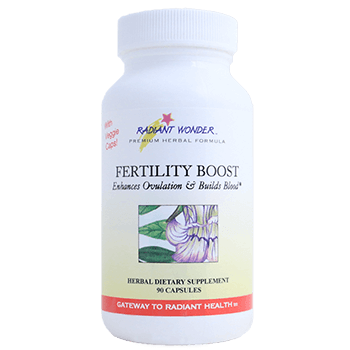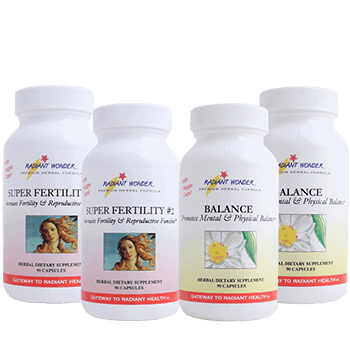What is Acupuncture?
Acupuncture (or needle therapy) is the insertion of extremely fine needles into a patient at particular acupuncture points. The aim is to stimulate those points and this is achieved by gentle pressure, heat or laser light.
What are Acupuncture Meridians?
Acupuncture is a form of Oriental Medicine based on Meridian Theory. This is the study of your body’s energy, how it flows and the interplay between your energy and your internal organs. According to Meridian Theory, your vital energy (called chi or qi) flows through your body along a network of energy pathways. These energy pathways are the meridians.
The function of acupuncture is to keep your energy flowing freely through your meridians. The flow of your qi affects your emotional, mental, physical and spiritual condition. If the flow is easy and unimpeded, you will be in good health. However, if anything causes a blockage in your meridians and your energy is not able to flow easily, you may suffer from poor emotional, mental, physical and spiritual vitality and health.
Yin and Yang
You may be familiar with the iconic black and white symbol for yin and yang. According to Traditional Chinese Medicine, yin and yang are the two opposing forces of chi. These opposing forces pull back and forth until they form one whole that is in balance.
Understanding this delicate balance is a lifelong study for any acupuncturist.The balance is always between yin – which is calming and nourishing and yang, which is energetic, dynamic and often warm. Traditional Chinese Medicine uses acupuncture (in combination with herbal formulas, nutritional therapy, physical exercise and massage) to restore health by unblocking your chi energy and encouraging a balance of yin and yang.
Acupoints
According to TCM, qi can be unblocked by using acupuncture at certain places on the skin, called acupoints. Acupoints are places where the meridians come to the surface of the body and are a little space between a muscle and a bone. The locations of acupoints differ for each person because body anatomy is not always exactly the same.
So the acupuncturist must know the clinical location and also be very skilled at gently feeling for the small indentation which tells her she is in the right place. There are more than 360 acupoints on the human body and the acupuncturist will devise specific combinations of acupoints which will change as your energy and your health condition changes.
Some Acupuncture Techniques Include The Following
In alphabetical order:
Acupressure
Many people get acupuncture for headaches. But has anyone ever told you to pinch the base of your thumb to get rid of a headache? If you’ve tried it, you’ll know it works. That is acupressure. Acupressure is an in-depth technique of using special hand techniques or tools to stimulate meridians or acupoints. If you are a headache sufferer, you might like to try acupuncture for migraines.
Acupuncture Point Injection
This is the use of a syringe and needle to inject drugs, vitamins, herbal extracts or other fluids into the body at an acupoint. This technique is used in Asian hospitals, where integrative medicine is practiced with Chinese and Western trained doctors.
Auricular Acupuncture – or Ear Acupuncture
The placing of acupuncture needles into the outer ear – at acupoints which match up with particular parts of the body. Instead of having acupuncture to quit smoking, some people wear a magnet on their outer ear to help them stop smoking. It has the same effect as acupuncture – it puts pressure on the necessary acupoint.
Electroacupuncture
The sending of pulses of weak electrical currents through acupuncture needles into acupoints in the skin. This is very commonly used on athletes to quickly release tight muscles.
Laser Acupuncture
Instead of an acupuncture needle, a weak laser beam is used to stimulate an acupoint.
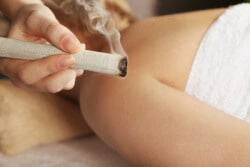
Moxa stick being held over woman during moxibustion treatment.
Moxibustion
Acupuncture with moxibustion. This is an ancient form of heat therapy. An herb is burned above the body to warm a meridian at an acupoint. This increases the flow of blood and qi. The herb may be held near to the skin for several minutes or placed on the tip of an acupuncture needle. Heat lamps are also sometimes used to warm the acupoints.
Trigger Point Acupuncture
The placing of acupuncture needles in a place on the skin that is away from the painful part of the body. Trigger point Acupuncture is used to treat referred pain – which is pain that is not felt at the site of injury, but is sent along nerves and felt somewhere else in the body. The idea of Trigger Points is a Western adaptation of Meridian Theory.
Fertility Acupuncture
Research has shown that acupuncture may be helpful for infertility. Here’s how –
Acupuncture Can Help to Regulate Fertility HormonesStress can have a negative impact on the workings of the hypothalamus, the pituitary gland and the ovaries.
Acupuncture has been shown to alter hormone levels by promoting the release of beta-endorphin in the brain. This affects the release of –
- Gonadotrophin releasing hormone by the hypothalamus
- Follicle stimulating hormone from the pituitary gland
- Estrogen and progesterone levels from the ovary.
References: Ng 2008, Huang 2008, Lim 2010, Stener-Victorin 2010.
Acupuncture Can Increase the Blood Flow to Reproductive Organs
Stress is also known to stimulate the sympathetic nervous system. This causes constriction of ovarian arteries which can affect fertility. Acupuncture inhibits this stimulus which improves the flow of blood to the ovaries. This enhances the environment in which ovarian follicles develop.
References: Stener-Victorin 2006, Lim 2010.
Acupuncture also increases blood flow to the uterus. This improves the thickness of the endometrial lining which increases the chances for an embryo to implant.
References: Stener-Victorin 1996, Huang 2008.
Acupuncture Can Counteract the Effects of Polycystic Ovarian Syndrome (PCOS)
PCOS is one of the most common causes of female infertility. Acupuncture can reduce reducing the activity of the sympathetic nerves and balance hormone levels. Because it can do this, acupuncture can –
- Reduce the number of ovarian cysts
- Stimulate ovulation
- Enhance blastocyst implantation
- Regulate the menstrual cycle in women with PCOS
References: Stener-Victorin 2000, 2008, 2009, Zhang 2009.
Acupuncture may also be beneficial in helping to control secondary effects such as obesity and anorexia.
References: Lim 2010.
Full references are listed at the end of this post.
What Happens During an Acupuncture Session?
Consultation
Traditional Chinese Medicine is always tailored to the unique needs of the person and Acupuncture is no different. When you arrive at an acupuncture clinic, the practitioner will take your pulse on both arms and will inspect your tongue. You may be asked many questions regarding your general health and this can take up to an hour.
What Happens during the Treatment?
Your skin is cleaned and then the acupuncture needles are carefully inserted into the points that the practitioner has deemed necessary. The needles are often inserted using a plastic guide tube. In a typical session, you will lie still while approximately five to ten needles are inserted. The needles then stay in place for between ten and twenty minutes.
Does Acupuncture Hurt?
As you can see from the image, acupuncture needles are so fine that it is rare to feel them being inserted. Once the needles are in, the practitioner manipulates them by spinning them, flicking them or gently moving them up and down.
Why is this Necessary?
The aim of the manipulation is two-fold.
First, the acupuncturist is looking for the chi. When the needle hits the energy flow in a meridian it feels to her as if she has caught a fish on a line.
Secondly, the manipulation gives very specific direction to the energy in that spot. The acupuncturist may want to release energy that is stagnating there. Or, she may want to call more energy to the area.
You may feel nothing or you may feel a gentle aching feeling that is dull and localised to the point of insertion. The achy feeling goes away in a few minutes. You may also feel a sudden but gentle flow of energy throughout your whole body. This surge will come and then settle down. There is one common denominator for all acupuncture sessions: you will feel very relaxed. Many people fall asleep on the table.
How Many Acupuncture Sessions will I Need?
The practitioner will determine how many sessions you will need and how often you should have them. Because Traditional Chinese Medicine is so individualized, it’s impossible to say and it will depend on what the practitioner finds during your consultation. However, for simple conditions like hives, one session is enough. For more complicated or chronic issues it may take longer. In these cases, it has taken the body a while – maybe years – to develop the imbalance so it will take time to rebalance. The most common course of treatment for one health complaint may involve between six and twelve treatments spread over a few months.
How do I Find an Acupuncturist?
Check out the Find a Practitioner page on the American Association of Acupuncture and Oriental Medicine website.
Regulation of Acupuncture
There are various government and trade association regulatory bodies for acupuncture in:
- United Kingdom
- United States
- Saudi Arabia
- Australia
- Japan
- Canada
- and in European countries and elsewhere.
The World Health Organization recommends that before being licensed or certified –
– An acupuncturist, who is a physician, should receive 200 hours of specialized training.
This is hotly contested because 200 hours of training only gives some understanding of where acupuncture points are located, no training on how to needle and virtually nothing on how to diagnose. Most physician acupuncturists limit themselves to pain management.
– An acupuncturist, who is not a physician, should receive 2,500 hours of specialized training.
In the United States applicants are now required to have 4,000 hours of study. In many states (California, Florida, New York as examples) acupuncturists are primary care providers. As of 2017 all students completing the course of studies will be considered a Doctor. Many governments are adopting similar standards.
Canada has acupuncture licensing programs in the provinces of British Columbia, Ontario, Alberta and Quebec; standards set by the Chinese Medicine and Acupuncture Association of Canada are used in provinces without government regulation.
Regulation in the US began in the 1970s in California, which was eventually followed by every state except Wyoming and Idaho.
Licensing requirements used to vary greatly from state to state, but the American Association of Acupuncture and Oriental Medicine (AAAOM) has been changing that. AAAOM has been advocating on behalf of acupuncturists in the small number of states that were not requiring the right certification.
In the last 10 years the recognized standards for acupuncturists have become very much standardized state to state. The needles used in acupuncture are regulated in the US by the Food and Drug Administration. In some states acupuncture is regulated by a board of medical examiners, while in others it’s regulated by the board of licensing, health or education. The best is a board of licensing that includes both medical examiners and acupuncturists.
Medical Acupuncture
Have Any Preclinical Studies Been Conducted Using Acupuncture?
Preclinical Studies are those performed in a laboratory or on an animal. The use of acupuncture in the treatment of cancer patients has been recognized as beneficial and so there have been many preclinical studies on this. Preclinical studies suggest that acupuncture has a place in the treatment of cancer and the side effects of cancer treatments.
Laboratory and animal studies have also looked at how acupuncture works for cancer treatment. Acupuncture has been shown to stimulate nerve cells that trigger the release of hormones into the blood. It may also support immune functions, including increasing blood cell count and enhancing lymphocyte and the activity of the body’s own natural killer cells.
Studies suggest that acupuncture can reduce vomiting caused by chemotherapy and may also help to strengthen the immune system during chemotherapy. Animal studies have shown that electroacupuncture is able to relieve cancer pain.
Have Any Clinical Trials Of Acupuncture Been Conducted?
Clinical Trials are research studies conducted on people.
The National Institutes of Health (NIH) have been conducting clinical trials of acupuncture since 1997.
The trials have been evaluating acupuncture as a safe and effective complementary therapy to relieve symptoms from cancer and to relieve the side effects of various cancer treatments.
Studies of acupuncture in the treatment and care of cancer patients have also been conducted in England, France, Australia, Japan, China and Sweden.
1. Studies of the Effect of Acupuncture on the Immune System
Human studies on the effect of acupuncture on the immune system suggest that acupuncture may improve immune response.
2. Studies of the Effect of Acupuncture on Pain
In clinical studies, acupuncture reduced cancer pain for some patients. In one study, the majority of the people who received acupuncture were able to stop taking their pain relief drugs or lower the doses.
You might also like to try acupuncture for sciatica. There have also been good results from acupuncture for arthritis.
3. Studies of the Effect of Acupuncture on Nausea and Vomiting Caused By Cancer Therapies
The strongest evidence of the benefits of acupuncture has come from clinical trials on the use of acupuncture to relieve nausea and vomiting.
Nausea and Vomiting Caused by Chemotherapy, Surgery and Morning Sickness
A review in 2013 (that included 41 randomized controlled trials) found that acupuncture was helpful when used as a complementary treatment for nausea and vomiting caused by chemotherapy.
It’s worth noting that a comparison of the studies suggests that the specific acupuncture point used may make a difference in how well acupuncture is able to relieve nausea caused by chemotherapy.
Nausea and Vomiting Caused By Radiation Therapy
Patients who received either true acupuncture or placebo acupuncture were compared to patients who only received the standard care to prevent nausea and vomiting. The study found that patients in both the true and placebo acupuncture groups suffered from less nausea and vomiting than those in the standard care group.
The success of the placebo acupuncture group may suggest that among those patients the psychological placebo effect was involved.
4. Studies of the Effect of Acupuncture on Sleeping Problems
A study that compared acupuncture with the drug fluoxetine (used to treat depression) found that acupuncture worked better in relieving depression and improving sleep. Another study found that acupuncture improved sleep slightly better than standard care. More studies are needed.
Side Effects of Acupuncture
Side effects are primarily caused by:
- The use of acupuncture needles that are not sterile
- From placing the needle in the wrong place
- Movement of the patient
- A defect in the needle
Problems may include:
- Soreness and pain during treatment
- Feeling tired, lightheaded, or sleepy
- Infections
It is important to seek treatment from a qualified acupuncture practitioner who uses a new set of disposable (single-use) needles for each patient. Thankfully, the vast majority of acupuncturists now do just that.
For the Best Results, Acupuncture and Herbal Remedies Should Be Combined
A skilled practitioner will use acupuncture to stimulate the energy meridians that go to the area where you are having problems. You can feel the energy tune-up for your entire body. But acupuncture alone is not strong enough to get to the root of the problem.
Herbs must be used to address the root cause. For example if you have anxiety and panic attacks you can use acupuncture to immediately relieve the hyper state. But if you don’t address the root (a weak and tired Jing) you will keep seeing recurring symptoms. The right herbal formula can strengthen your Jing, strengthen your adrenals, and renew the body’s strength and flexibility. The anxiety will rarely occur and if it does, it will resolve quickly.
A Brief History of Acupuncture
Acupuncture is one of the oldest practices of Traditional Chinese Medicine. It is believed that the first documentation of an “organized system of diagnosis and treatment” for acupuncture was in The Yellow Emperor’s Classic of Internal Medicine from about 100 BC. This is an ancient Chinese medical text that has been treated as the basic source of Traditional Chinese Medicine for over 2,000 years. Gold and silver needles found in the tomb of Liu Sheng (a Chinese Emperor who died in 113 BC) are believed to be the earliest archaeological evidence of acupuncture.
Have You Ever Had Acupuncture? We’d love to hear about your experience – share it in the comments box below.
Full References for Fertility Acupuncture
Stener-Victorin E, Wu X. Effects and mechanisms of acupuncture in the reproductive system. Auton Neurosci. 2010 Mar 27. [Epub ahead of print]
Lim CE, Wong WS. Current evidence of acupuncture on polycystic ovarian syndrome.Gynecol Endocrinol. 2010 Mar 16. [Epub ahead of print]
Ng EH, So WS, Gao J, Wong YY, Ho PC. The role of acupuncture in the management of sub fertility. Fertil Steril. 2008 Jul;90(1):1-13.
Huang ST, Chen AP. Traditional Chinese medicine and infertility. Curr Opin Obstet Gynecol. 2008 Jun;20(3):211-5.
Stener-Victorin E, Jedel E, Manners L. Acupuncture in polycystic ovary syndrome: current experimental and clinical evidence. J Neuroendocrinol. 2008 Mar;20(3):290-8.
Stener-Victorin E, Humaidan P. Use of acupuncture in female infertility and a summary of recent acupuncture studies related to embryo transfer. Acupunct Med. 2006 Dec;24(4):157-63.
